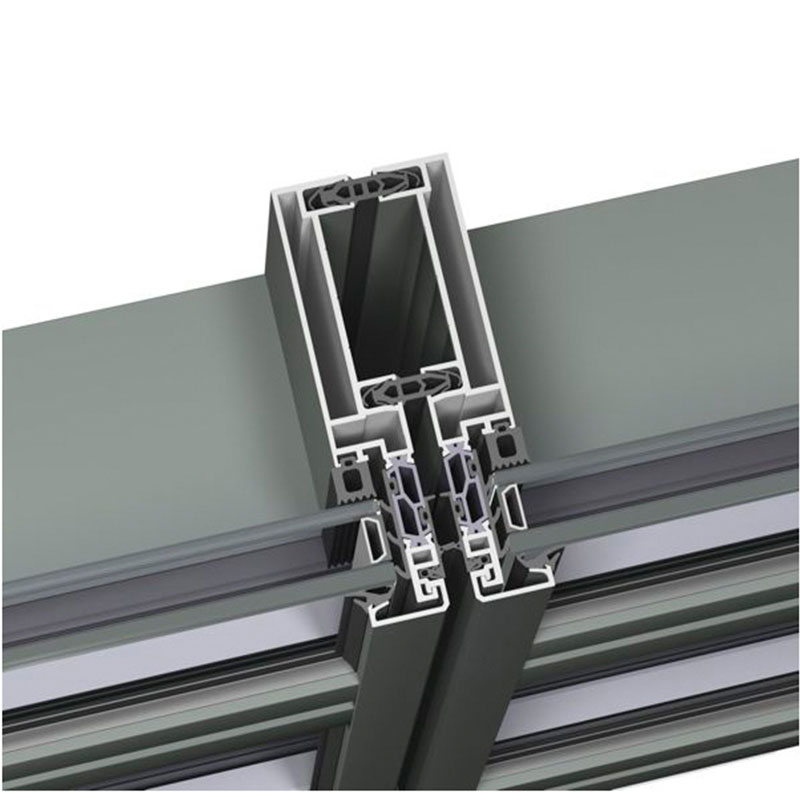

Operable louvered shutters allow for greater control of light and ventilation. Fixed and operable louvers shed rain, allow air transfer, filter direct sunlight, protect from small flying debris, and provide privacy. Functional shutters hinge on each side of a window or at the top and swing closed when necessary and can also be mounted on tracks applied to the face of the building. The old town of Dinkelsbühl, Germany, completely consists of houses with colored exterior shutters.Įxterior shutters were originally constructed for light control, privacy, security and protection from the elements. In the UK, most interior shutters historically were paneled. When louvers or tilt bar (rod) become damaged, replacement kits for these damaged parts may be ordered online and are easy to install. Interior shutters that are made to close tolerances are preferable for the best possible fit. Interior shutters can be constructed from numerous woods, which can be painted or stained, and a variety of synthetic materials. With operable louvered shutters this gives greater control as the louvers above the divider rail can be operated independently from the louvers below the divider rail.

Café-type shutters refer to shutters that only cover the lower portion of a window.įull height shutters can be made with a horizontal divider rail which separates the upper and lower portions of the shutter. Multiple tier units feature separate shutters on each tier which allows the top shutters to be opened independently from the bottom shutters.


Shutters can be configured in a single tier unit that has one shutter top to bottom of a window opening as well as multiple tiers. Other interior shutters use stationary louvers that do not rotate (fixed louvers) solid raised or flat panels fabric inserts or tinted glass. Plantation shutters, typical of warmer climates like Florida, South Africa, the Mediterranean or Australia, typically have only two shutters per window and wide louver blades. Shutters with operable louvers are described variously as traditional shutters, California shutters, or plantation shutters. Operable louvered shutters have louvers (or louvres in British usage), or slats, controlled by a tilt bar or rod to adjust the louver position and keep them in a uniform position, to control light, visibility and airflow. Interior shutters are typically divided into narrow units hinged accordion-style so that two or more units cover each side of a window opening when closed. Workers installing plantation style shutters in a home. On some styles of buildings it is common to have shutters to cover the doors as well as the windows. The term window shutter includes both interior shutters, used on the inside of a house or building, and exterior shutters, used on the outside of a structure. Shutters may be employed for a variety of reasons, including controlling the amount of sunlight that enters a room, to provide privacy, security, to protect against weather or unwanted intrusion or damage and to enhance the aesthetics of a building.ĭepending on the application, and the construction of the window frame, shutters can be mounted to fit within the opening or to overlap the opening. Set within this frame can be louvers (both operable or fixed, horizontal or vertical), solid panels, fabric, glass and almost any other item that can be mounted within a frame. Interior plantation style wood window shutters with open louversĪ window shutter is a solid and stable window covering usually consisting of a frame of vertical stiles and horizontal rails (top, centre and bottom).


 0 kommentar(er)
0 kommentar(er)
